Caring about your car is more than being concerned about the torque, speed, horsepower and all the other figures that make casual observers fawn. Car enthusiasts know that simple things like choosing the right tyre for your car can go a long way to improve your driving experience.
One of the reasons a lot of people shy away from learning about tyres is because they are a complicated subject. Tyres are classified differently based on the width, aspect ratio of height to width, construction type, wheel rim diameter, load index and speed rating. It is easy to see how people can get disillusioned with learning so much information.
For most custom car owners, these specifications are easy to know as they are typically printed on the side of the car’s tyres. Unless you are looking to make serious car modifications, you may never have a reason to alter the specifications of your car’s tyres.
The type of tyre related decision most people will usually have to make is whether to go for soft or hard tyres. Soft and hard tyres are a broad way of classifying tyres based on how they react with the road surface.
Tyre compositions are well-guarded secrets, so it is difficult to know what compounds are responsible for these reactions. However, the performance of the tyres on the road has made brands synonymous with either being soft or hard tyre makers. Bridgestone and General tyres are typically perceived as hard tyre makers while Dunlop and Hankook are regarded as soft tyre makers. It is important to note that hard and soft tyres are not two sides of a divide, but that car tyres exist on a spectrum.
So, how do they measure up against one another? We will be looking at three criteria that can help you decide:
GripA tyre’s grip is a function of how much friction it has with the road. Softer tyres generate more friction on the road, which typically results in higher speed. For harder tyres, the reverse is the case. For both tyres to work optimally, they must be within a specific temperature range. If the tyre is outside this temperature window, it will not generate enough grip.
If the tyre is outside this temperature window, it will not generate enough grip.
One of the side effects of friction on the road is that the tyres heat up. When they heat up beyond a certain point, they start to act like melted butter and leave rubber on the road. On average, the increased friction and grip in soft tyres result in them leaving more tyres on the road. Hard tyres, on the other hand, provide less grip and last much longer. Racing cars typically use very soft tyres and must change them between laps.
CostDepending on your car type, there may not be much difference in the upfront cost between hard and soft tyres. However, when long term cost is considered, soft tyres present more of a financial burden than harder tyres. The main reason for the discrepancy in the long-term cost is that you have to change soft tyres more often. In extreme cases, hard tyres can last up to three times as long as soft tyres.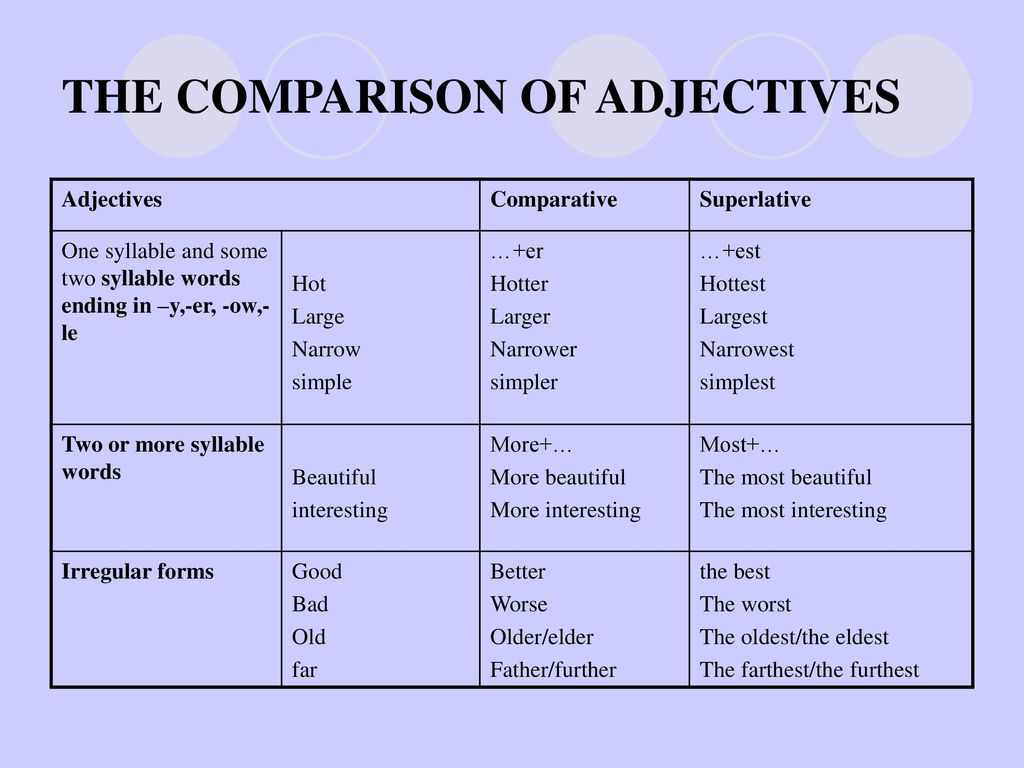 That is three times less in cost.
That is three times less in cost.
Aside from the nature of the compound used in making a tyre, another thing that influences its performance and durability is the threading of the tyre. Thicker threads provide better grip and friction and can be used to manoeuvre around areas with rough topographies.
The most important thing to consider when choosing tyres is how you intend on using your car. If you will mostly drive it in smooth areas or at high speeds, then soft tyres will be just fine for you. If on the other hand, you will be navigating difficult terrain, then hard tyres are your go-to.
Soft tire sidewalls are better for noise and comfort whereas hard sidewalls are better for performance and handling.
If you’re looking for a new set of tires, you may have heard about soft vs hard tire sidewalls and which are the best choice for you.
Both have their pros and cons, so it can be tough to decide which is the best option.
In this article, we will discuss the benefits of both soft and hard sidewalls so that you can make an informed decision about what’s best for your needs.
There are a lot of varying factors between both soft sidewalls and hard sidewall. The decision of whether to choose soft or hard tire sidewalls is one that depends on your individual needs and preferences.
If you are looking for a tire that provides better grip, comfort, and traction, then soft sidewalls may be the better choice for you. We would recommend a soft sidewall for anyone looking for a tire to drive day to day.
However, if you are looking for a tire that is more resistant to punctures and damage or one that provides better responsiveness and handling, then hard sidewalls are the way to go. Harder sidewalls are less suited for daily driving and are more common on supercars to make the most of their high performance.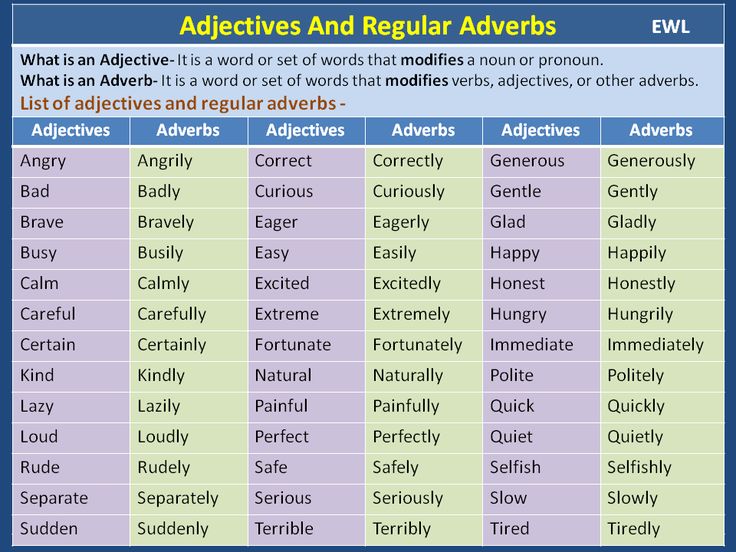
UHP (ultra high performance) tires and race tires also mainly have hard sidewalls to withstand the high cornering forces and high speeds. These tires are also designed with a much smaller ratio of tire sidewall to the rest of the tire which makes the ride less comfortable but increases performance.
The tire sidewall is the portion of the tire that extends from the edge of the tread to the bead. It is the part of the tire that is most visible when looking at any vehicle.
It is an important part of the tire because it helps to protect the inner workings and cords in the tire and provides support for the tread. The sidewall has a large effect on how a tire performs overall.
Tire sidewalls come in a variety of different sizes and aspect ratios, with large tire sidewalls more common on larger vehicles such a trucks and SUVs. The aspect ratio is the difference in size between the height and width of a tire. A lower aspect ratio means a smaller sidewall compared to the width of the tire, and vica versa for large aspect ratios.
A lower aspect ratio means a smaller sidewall compared to the width of the tire, and vica versa for large aspect ratios.
Performance tires tend to have a lower aspect ration with smaller sidewalls. This helps to the tires to be resistant to too much flexing when under high stresses, giving better handling, responsiveness and overall performance at high speeds.
When describing a tire sidewall as hard or soft, this is referring to the flexibility of the sidewall. A hard sidewall means that the sidewall has been manufactured to be harder and is less likely to flex, while a soft sidewall is designed to be more flexible.
Tires that are designed to be harder will have a thicker sidewall than tires designed to be soft. This thickness varies from between between 6 and 15mm in thickness or around 1/4 to 5/8 inches.
All tires come with a tire treadwear indicators which are printed on the tire sidewalls and form part of the US Uniform Tyre Quality Grading system (UTQG).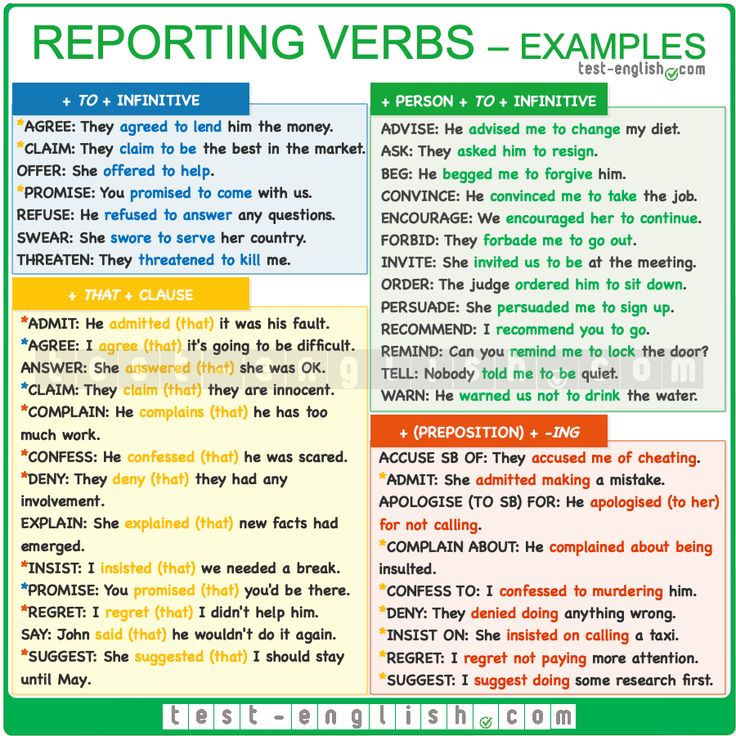 These numbers range from 60 to 800 and describe the hardness of a tire and how long a tire tread is expected to last.
These numbers range from 60 to 800 and describe the hardness of a tire and how long a tire tread is expected to last.
60 is the shortest treadwear life expectancy and 800 is the longest. This can be used as an indicator as to whether the tire has a hard or soft tire sidewall and whether the tire has been designed for performance or longevity.
One of the main benefits of having a soft tire sidewall is that it provides better grip. This is because the softer material can conform to the shape of the road surface more easily, providing more contact with the ground and therefore more grip.
This is especially beneficial in wet or icy conditions where traction is essential. Soft sidewalls also help to make a vehicle more comfortable as they absorb vibrations and bumps from the road surface better than hard sidewalls.
Softer sidewalls will have less steering responsiveness however compared to hard sidewalls. This is due to the fact that they can flex more when cornering, resulting in less precise handling.
This is due to the fact that they can flex more when cornering, resulting in less precise handling.
Harder tire sidewalls are not as good at absorbing vibrations and bumps from the road surface, but they have other benefits. One of these benefits is that hard sidewalls can help to improve fuel economy. This is because they are less likely to flex and deform, meaning that there is less resistance and therefore less drag.
Harder sidewalls can also improve handling as they provide more support to the tire tread, especially at higher speeds. This can help to prevent the tread from deforming under heavy braking or cornering, providing a more stable and predictable ride.
Harder sidewalls also tend to be more resistant to punctures and damage. However, they can be more uncomfortable on rough roads and may not provide as much traction in off-road conditions.
As you can see, there are a lot of varying factors between both soft sidewalls and hard sidewall. The decision of whether to choose soft or hard tire sidewalls is one that depends on your individual needs and preferences.
If you are looking for a daily tire that provides better comfort and a quieter ride and you will be driving on smooth roads, then soft sidewalls may be the better choice for you.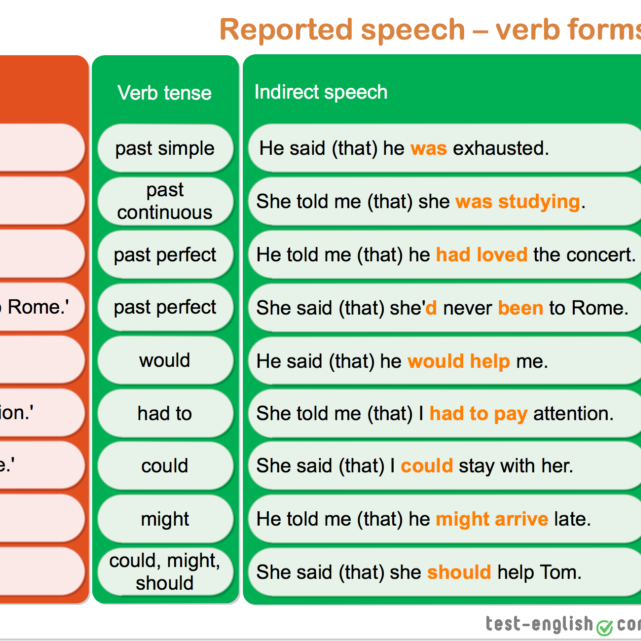
If you are looking to maximise the life of your tires or are more interested in tire that maximise the handling and performance of your vehicle, then a hard sidewall will be more ideal for you.
Which type of sidewall is better for you will also depend on what vehicle you are driving. Sedans and smaller cars will be limited to choosing tires with a smaller aspect ratio, unlike pickups, trucks and SUVs which have much more wheel clearance and suit a much larger sidewall and aspect ratio. This is part of what gives them their superior off road performance.
This all needs to be taken into account in your choice between soft vs hard tire sidewalls. Ultimately, it is up to you to decide which type of tire is best suited to your needs.
For the best tires for your vehicle, check out our tire review guides where we outline the best tires for all vehicles.
We hope you enjoyed this article and found it informative. If you have any questions then please leave a comment below or get in touch via email or through social media and we will read and respond to every comment, email or question. Thanks for reading!
If you have any questions then please leave a comment below or get in touch via email or through social media and we will read and respond to every comment, email or question. Thanks for reading!
Yes, there are plenty of tires that are designed to be a happy mid way point between both hard and soft sidewalls. Although they wont be as good as a tire with dedicated hard vs soft tire sidewalls, they will definitely have some of the benefits of both
What summer tires are better soft or hard , many car owners are interested. When choosing new wheels for your car for the summer, it is imperative to pay attention to the hardness and softness of the tire rubber. The comfort and safety of movement depends on the chosen rubber.
With the advent of the Internet, the task of choosing summer tires for cars has become much easier and faster, thanks to numerous reviews. However, when thinking about the softness and hardness of the wheel rubber, there are several important points to consider that will help in deciding which rubber is better soft or hard for the summer season, when soft summer tires are needed, and when it is better to use hard. nine0005
However, when thinking about the softness and hardness of the wheel rubber, there are several important points to consider that will help in deciding which rubber is better soft or hard for the summer season, when soft summer tires are needed, and when it is better to use hard. nine0005
Rigid summer tires are quite common in tire shops in various price categories, while hard summer tires have both pros and cons that should be considered when choosing.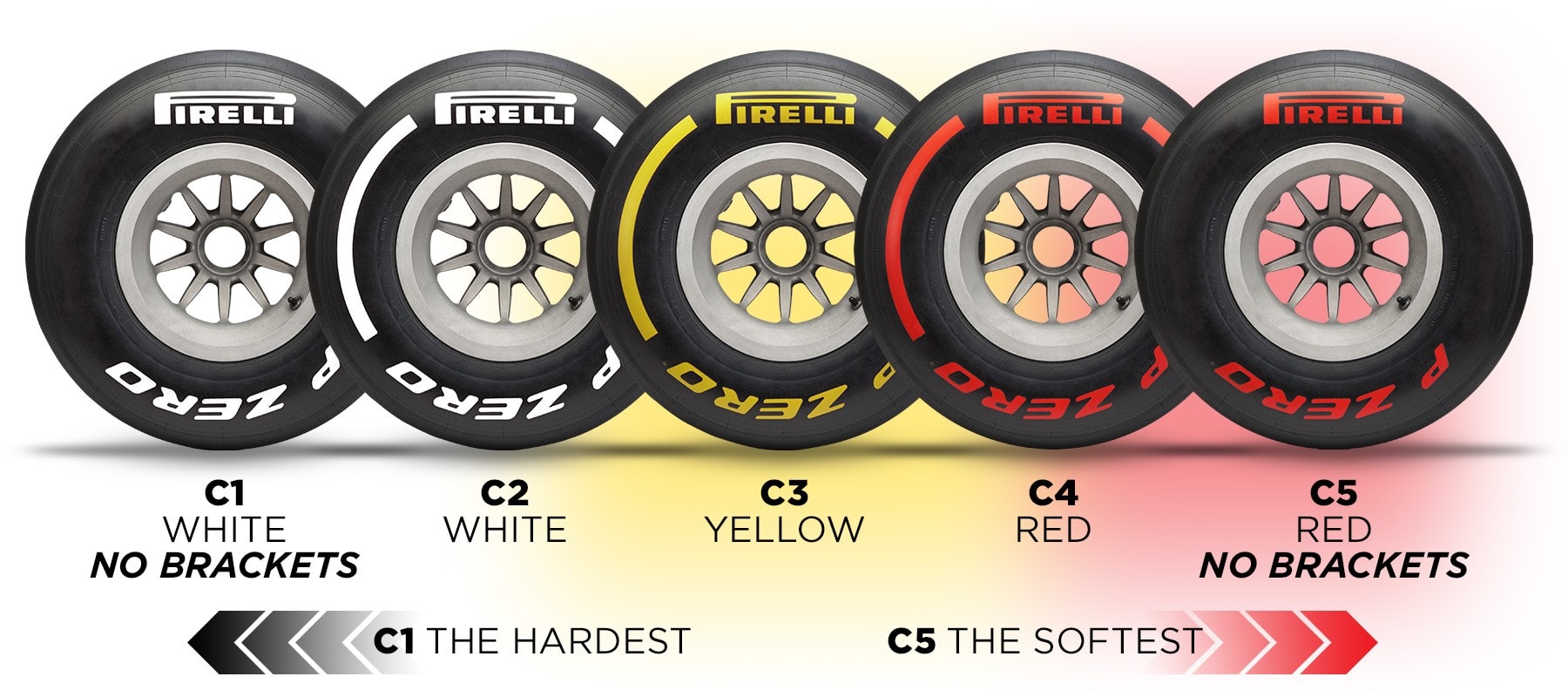 nine0005
nine0005
Soft tires of various densities can be found in car tire stores. Tire manufacturers strive to achieve the ideal rubber compound for a tire to maximize the benefits of using it. Soft summer tires have their own advantages and disadvantages, and when choosing the softness of a tire, a number of features must be taken into account, which will be discussed later.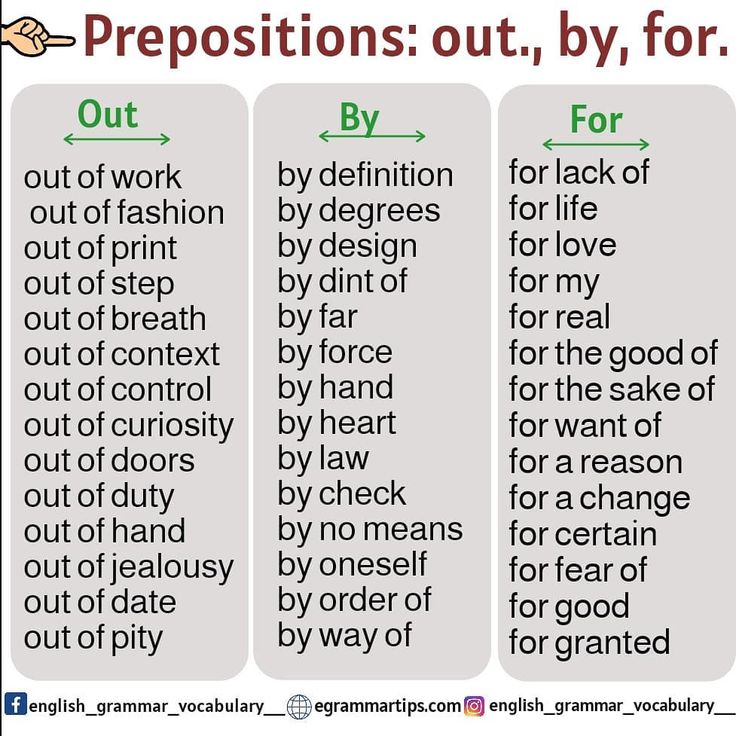 nine0005
nine0005
Which summer tires to choose hard or soft? If there is a question of choice, a hard or soft tire for the summer, it is worth starting from the conditions of use and the load that awaits it. nine0005
If the car is operated in a region with hot summers, then you should not take a very soft tire, in hot weather the rubber will float, significantly worsening its properties and performance. For comfortable city and highway movement, it is best to choose a car tire model with medium softness or hardness. Such a tire will allow you to get maximum driving pleasure with balanced rubber wear, with maximum grip and safe handling of the car, at speeds allowed by the SDA (Rules of the Road). nine0005
For comfortable city and highway movement, it is best to choose a car tire model with medium softness or hardness. Such a tire will allow you to get maximum driving pleasure with balanced rubber wear, with maximum grip and safe handling of the car, at speeds allowed by the SDA (Rules of the Road). nine0005
If the car is powerful, it is operated in a region with hot summers, a sporty driving style is used and frequent trips on the highway, then when choosing summer tires, you should pay attention to more rigid tire models that will increase the speed of the wheel, increase its reliability and reduce the effect deformations.
Useful links for car owners:

tire properties. Let's see what are the pros and cons of a soft sidewall, and also what good summer tires with a hard sidewall are, and what are its disadvantages.
Even if the tire tread rubber is soft, the side of the tire can be quite hard, in some cases specially reinforced - summer tires with reinforced sidewall. The stores offer tire models of various thicknesses and sidewall stiffness, so it is better to feel each tire with your hands in order to buy exactly what you need. Tire manufacturers strive to create the sidewall of their wheels in such a way that with a minimum thickness of the sidewall, they have maximum strength and comfortable stiffness. Summer tires with a rigid sidewall have their own advantages and disadvantages. nine0005
Tire manufacturers strive to create the sidewall of their wheels in such a way that with a minimum thickness of the sidewall, they have maximum strength and comfortable stiffness. Summer tires with a rigid sidewall have their own advantages and disadvantages. nine0005
Soft sidewall tires are found in tire shops in various price ranges. The soft sidewall on tires can be either on a tire with a soft or a hard rubber compound. What does the soft sidewall of the tire give and what threatens its use? Despite its softness, the tire sidewall can be strong enough for operation not only in urban conditions, but also in highway conditions, where special reliability is required from the tire.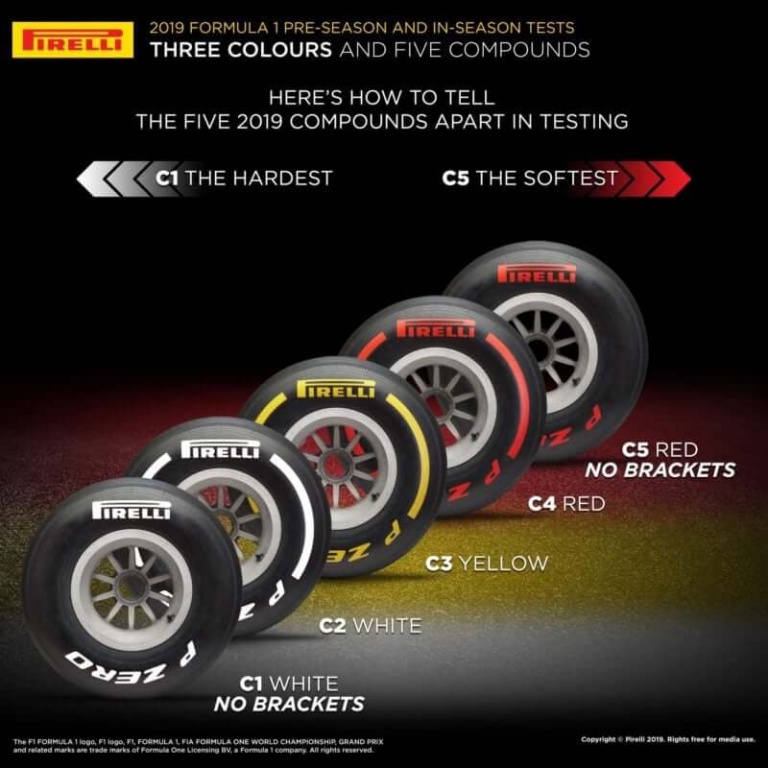 It must be remembered that if you choose low-profile tires, then it is better not to consider them with a soft sidewall, otherwise the rubber can quickly fail, tearing the side of the tire against the wheel disk on asphalt breaks. For the track, it is better to choose tires with a sidewall of medium softness, you will get reliable operation with virtually no loss of comfort. As with anything, there are pros and cons to soft sidewall tires. nine0005
It must be remembered that if you choose low-profile tires, then it is better not to consider them with a soft sidewall, otherwise the rubber can quickly fail, tearing the side of the tire against the wheel disk on asphalt breaks. For the track, it is better to choose tires with a sidewall of medium softness, you will get reliable operation with virtually no loss of comfort. As with anything, there are pros and cons to soft sidewall tires. nine0005
Car owners are recommended:
